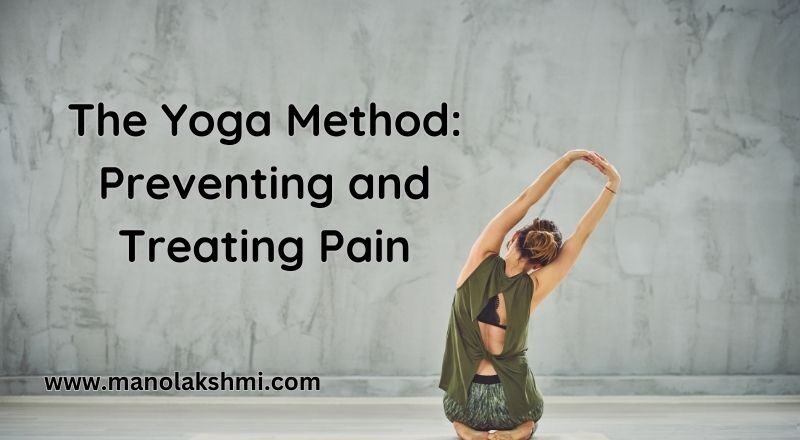What’s Yoga?
Yoga is a mind and body training that originated in archaic India. It involves a series of postures, breathing exercises, and meditation techniques designed to promote relaxation, reduce stress, and improve flexibility and strength. Yoga has become increasingly popular in recent years as a form of exercise and stress relief, and many people find that it can be a helpful tool for managing chronic pain, anxiety, and depression.

Improved flexibility and range of motion.
Increased muscle strength and tone.
Better balance and coordination.
Reduced stress and anxiety.
Improved sleep quality.
Relief from chronic pain, including back pain and arthritis.
Lowered blood pressure and cholesterol levels.
Enhanced immune system function.
Whether you’re a beginner or an experienced yogi, there are many different styles and approaches to yoga that can help you achieve your health and wellness goals. From gentle, restorative practices to more vigorous, challenging workouts, there’s a yoga’s style out there that can suit your needs and preferences.
Time of Yoga’s
Yoga’s are an important aspect of Vedic astrology and understanding their timing can provide valuable insights into an individual’s life journey. Here are some key points to keep in mind when considering the timing of yoga’s:
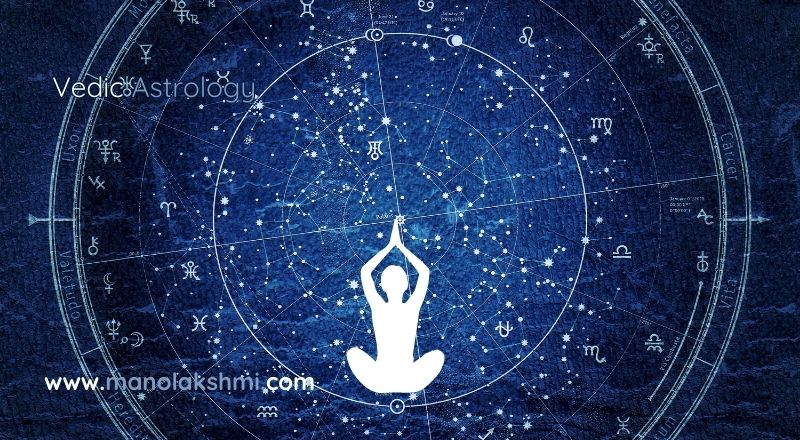
Yoga are formed by the placement of planets in specific houses and signs of the horoscope.
The effects of yoga can manifest at different times in a person’s life, depending on the planetary transits and progressions.
Yoga’s potency depends on planetary transits or progressions, with some having gradual, long-term effects.
The timing of yoga can also be influenced by the individual’s own karma and life choices.
It’s important to consult with a knowledgeable Vedic astrologer to fully understand the timing and effects of yoga’s in your horoscope.
By gaining a deeper understanding of the timing of yoga’s, you can unlock the hidden potential within your horoscope and navigate life’s challenges with greater clarity and purpose.
How to prepare for yoga?
Preparing for yoga can help you get the most out of your practice and ensure that you are practicing safely.
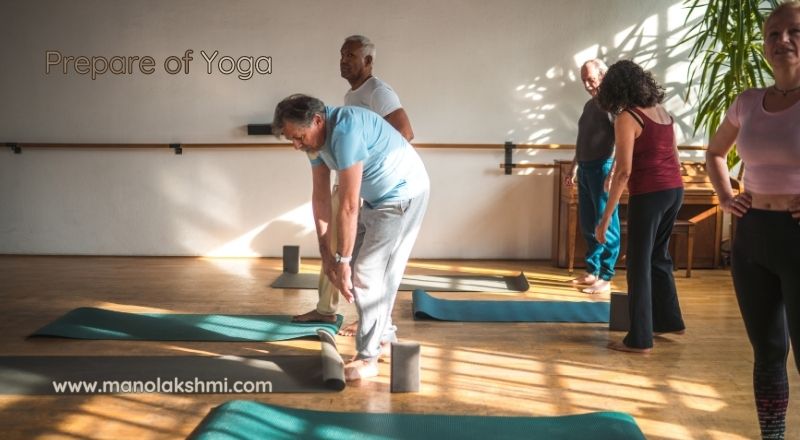
Choose relaxing clothes that allow you to move freely.
Avoid eating a heavy meal before your practice, as this can make you feel uncomfortable and may interfere with your movements.
Hydrate yourself by drinking water before and after your practice.
Gather any props you may need, such as a yoga mat, blocks, or straps.
Find a pleasant, quiet place where you may practice without distractions.
Before you begin your practice, take a few deep breaths to center yourself.
This can help you focus and get into the right mindset for your practice.
By following these tips, you can set yourself up for a successful and enjoyable yoga practice.
Methods of the Yoga’s
Yoga is a practice that originated in ancient India and has become increasingly popular in recent times. Many different types of yoga’s practices are designed to cater to the needs of different individuals. Some of the most popular types of yoga’s include:
Hatha Yoga’s:
This is a type of yoga that concentrates on physical postures and breathing techniques. It is a great practice for beginners who want to improve their flexibility, balance, and strength.
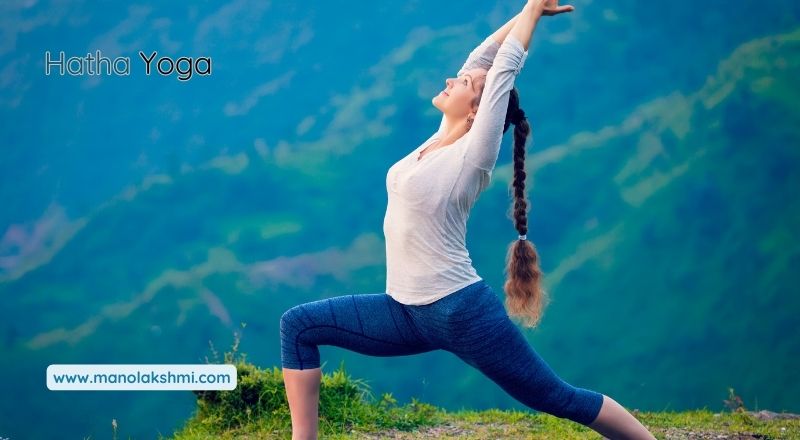
Hatha Yoga is a style of yoga that concentrates on physical poses and breathing exercises to help bring balance and alignment to the body, mind, and spirit. Here are some interesting facts about Hatha Yoga:
Hatha Yoga’s originated in India over 5,000 years ago and was designed to prepare the body for meditation.
The word “hatha” is a blend of two Sanskrit words: “ha” conveying sun and “tha” meaning moon, symbolizing the balance of opposites.
Hatha Yoga’s known for its slower pace and emphasis on the correct alignment of the body in each posture.
Hatha Yoga caters to various fitness and flexibility levels, allowing individual modifications to each posture.
Regular practice of Hatha Yoga can help improve strength, flexibility, balance, and focus.
Hatha Yoga is often used as a therapeutic tool to help alleviate stress, anxiety, and physical pain.
Many other styles of yoga, such as Vinyasa and Ashtanga, have roots in Hatha Yoga and incorporate its principles into their practice.
Vinyasa Yoga:
Yoga involves synchronized movements and breath. It is a dynamic practice that is great for those who want to improve their cardiovascular health and build strength.
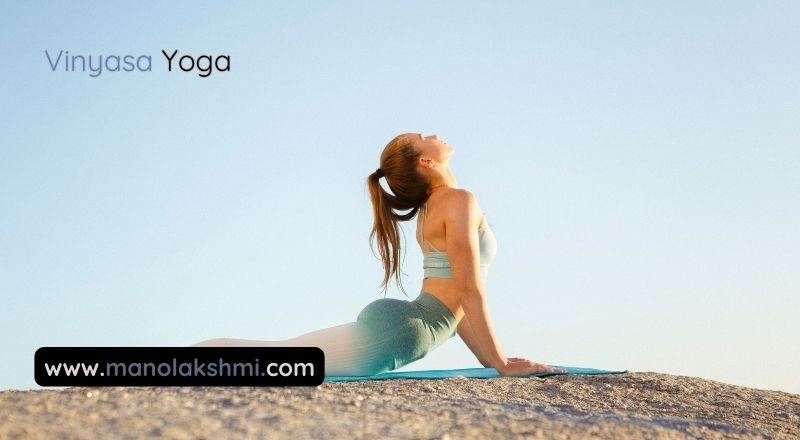
Vinyasa yoga is a popular form of yoga that focuses on synchronizing breath with movement. It is a dynamic and flowing style of yoga, making it a great option for those who want to improve their flexibility, strength, and endurance. Here are some additional points to consider about Vinyasa yoga:
Vinyasa yoga typically involves moving through a series of poses, or asanas, in a continuous flow, with each movement coordinated with an inhale or an exhale.
The practice can be physically challenging, as it often includes a series of sun salutations and other sequences that require a good deal of strength and stamina.
Vinyasa yoga can also be a great way to calm the mind and reduce stress, as the focus on the breath and the fluidity of the movements can help to promote a sense of mindfulness and relaxation.
Modifications and variations of poses are often offered in Vinyasa classes. Making them accessible to students of different levels and abilities.
With its emphasis on movement and breath, Vinyasa yoga can be a great way to get in touch with your body and cultivate a deeper sense of awareness and connection.
Ashtanga Yoga:
This is a physically demanding practice that involves a series of postures that are performed in a specific sequence. It is great for those who want to build strength, flexibility, and endurance.

Ashtanga Yoga is a traditional style of yoga that follows a set sequence of postures. It was popularized by Sri K. Pattabhi Jois in the 20th century and has since become a popular practice in the Western world. Here are some key points to keep in mind about Ashtanga Yoga:
The method is physically challenging and requires strength, flexibility, and constancy.
Ashtanga Yoga’s often referred to as “power yoga” due to its emphasis on continuous movement and building heat in the body.
The procedure consists of six series of poses, each with a specific focus and level of hardship.
Ashtanga Yoga’s typically practiced in a Mysore-style class, where students work through the series at their own pace with individualized instruction from the teacher.
The practice also includes breathwork and meditation, helping to cultivate a sense of focus and calm.
Ashtanga Yoga offers transformative physical and mental practice for dedicated practitioners.
Bikram Yoga’s:
Frenzied yoga practice involves 26 postures for flexibility, strength, and balance improvement in a frenzied room.
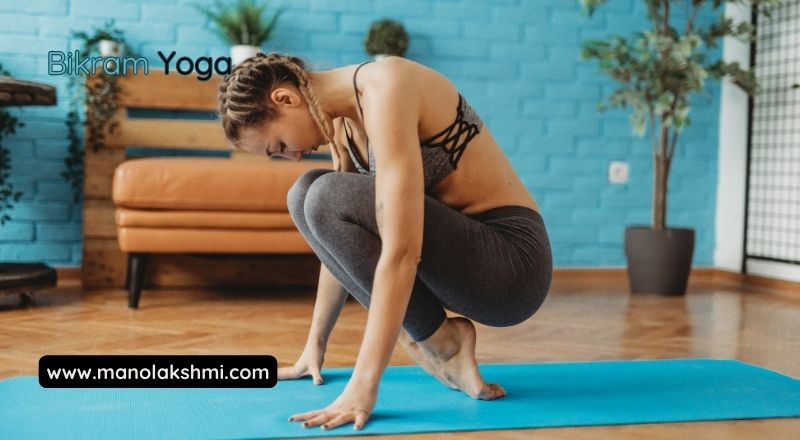
Bikram Yoga is a type of hot yoga that is practiced in a room heated to 105°F with a humidity of 40%.
Bikram Choudhury developed a 1970s relaxation exercise consisting of 26 poses and two breathing exercises, known for its positive effects on the body and mind.
Some studios also offer variations of the practice, such as shorter class times or variations in the postures. Here are some additional facts and benefits of Bikram Yoga’s:
Bikram Yoga’s typically practiced in a room with mirrors to help students see their alignment and form.
The heat in the room helps to warm up muscles and joints, allowing for deeper stretches and greater flexibility.
Bikram Yoga improves cardiovascular health by working all body parts, including muscles, organs, and glands. Reduce stress and anxiety, and aid in weight loss.
Kundalini Yoga:
This is a type of yoga that focuses on the spiritual aspects of the practice. It combines physical postures, breathing techniques, and meditation to help individuals connect with their inner selves and awaken their spiritual energy.
Kundalini Yoga is a unique form of yoga that combines physical movement, breathing techniques, meditation, and chanting. Yoga of awareness aims to unlock inner energy and unlock full potential in individuals. This type of yoga’s different from other forms of yoga as it involves more dynamic movements and emphasizes the use of breath to move energy throughout the body.
Some additional information about Kundalini Yoga includes:

It was carried to the West by Yogi Bhajan in 1969
Practice aims to connect individuals with higher consciousness for spiritual enlightenment.
Kundalini Yoga’s incorporates many different postures, including standing poses, seated poses, and dynamic movements known as kriyas
It is believed to have many health benefits, including reducing stress and anxiety. Improving flexibility and strength, and increasing energy levels.
Explore Kundalini Yoga’s through online and local studio resources. It’s a great way to connect with your body, mind, and spirit, and to develop a deeper sense of self-awareness and inner peace.
many different types of yoga’s practices cater to the needs of different individuals. It is important to find a practice that resonates with you and that you enjoy doing.
Yoga Poses
Yoga’s an ancient practice that has been gaining popularity in recent years due to its many benefits for both the body and mind. There are countless yoga poses, each with its unique benefits, and they can be practiced by people of all ages and fitness levels. Whether you’re a beginner or an experienced yogi, here are some popular yoga’s poses to consider trying:
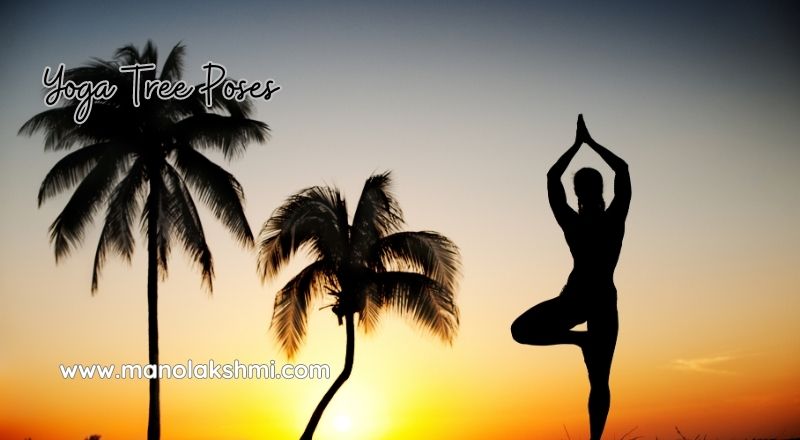
Downward-facing dog: This pose strengthens the arms, shoulders, and legs while stretching the hamstrings and calves.
Warrior I: This pose strengthens the legs and opens the chest and lungs, promoting better breathing.
Child’s pose: This pose gently stretches the hips, thighs, and ankles, and can help to relieve stress and fatigue.
Tree pose: This pose improves balance and stability while stretching the thighs, groin, and torso.
Cobra pose: This pose strengthens the spine and arms while stretching the chest and lungs.
Remember that yoga is a personal practice, and it’s important to listen to your body and only do what feels comfortable for you. With regular practice, you’ll notice improvements in strength, flexibility, and overall well-being.
How to Avoid Yoga Injuries?
Yoga can be a wonderful way to improve flexibility, strength, and overall wellness. However, like any physical activity, it is important to take steps to avoid injuries. Here are some tips to help you stay safe during your yoga’s practice:
Start slow: If you’re new to yoga’s, it’s important to start slow and gradually build up to more advanced poses. This will give your body time to adjust and build strength.
Pay attention to your body: Take note of how your body feels throughout each stance. Back off or alter the stance if something seems unpleasant or painful.
Use props: Props such as blocks, straps, and blankets can assist you in securely and comfortably entering positions. Don’t be hesitant to put them to use!
Focus on alignment: Proper alignment is key to avoiding injuries in yoga. Make sure you are following the instructions of your teacher and pay attention to the alignment cues they give.
Don’t push too hard: While it’s important to challenge yourself in yoga, it’s equally important to know your limits. Don’t push yourself too hard or try to force yourself into a pose that doesn’t feel right.
visit support our page: The Fashion: This season’s top fashions for women’s
By following these tips, you can enjoy the many benefits of yoga’s while minimizing your risk of injury.
